With the rise of cold-light whitening systems, more end users report allergy reactions—including oral burning, redness, and ulcers. When investigating root causes, we must look beyond bleaching formulations to the cold-light risks embedded in the device, since light wavelength, power density, and exposure time can magnify chemical irritation.
Cold-light devices emit blue light in the 420–450 nm band to accelerate peroxide decomposition, enhancing whitening speed. However, over-activated free radicals can attack mucosal barriers, combining chemical and photonic stress that triggers allergy reactions.
Although peroxide and sensitizing flavorings are primary allergens, studies show:
Thus, cold light isn’t merely a harmless adjunct—its spectral profile demands careful evaluation.
A closer look at hardware reveals potential hazards:
Enhancing optical design and thermal management mitigates these cold-light risks.Company web:https://www.powsmart.com/product/electric-toothbrush/
Furthermore, formulations and light interact synergistically to heighten allergy risk:
Safe whitening requires matching formulation strength to device output.
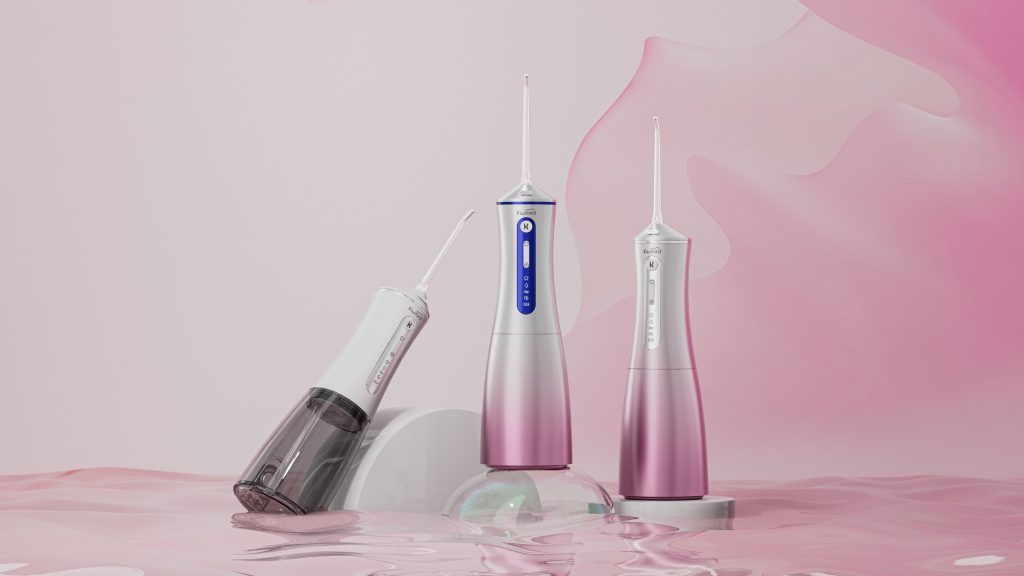
To reduce allergy reactions, B2B manufacturers should:
Coordinated hardware and chemistry adjustments can substantially lower allergy incidence.
Finally, robust channel education and post-market surveillance are key:
Embedding prevention, detection, and improvement into your QMS ensures safety for partners and end users alike.
Conclusion
Frequent allergy reactions are not solely caused by chemical ingredients—cold-light risks also play a critical role. B2B manufacturers must coordinate efforts across optical design, power profiling, gentle formulations, channel training, and quality monitoring to deliver cold-light whitening solutions that are both effective and safe. Contact us to co-develop industry-leading, low-irritation whitening systems!
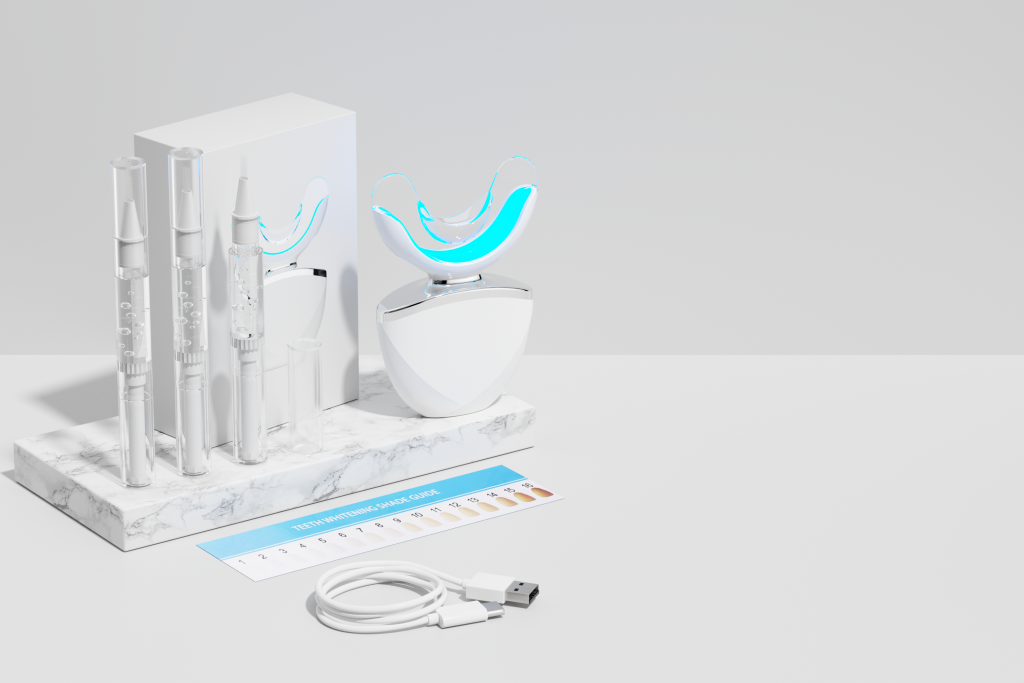
Charging Corrosion with Mucosal Lesions – Fatal?
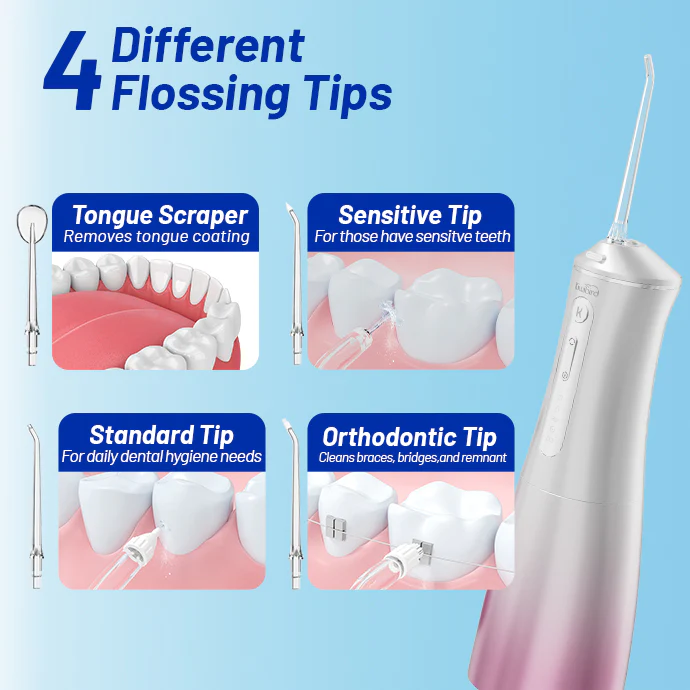
How Does Bulk Toothbrush Heads Wholesale Benefit from Innovative Electric Toothbrush Mold Design?
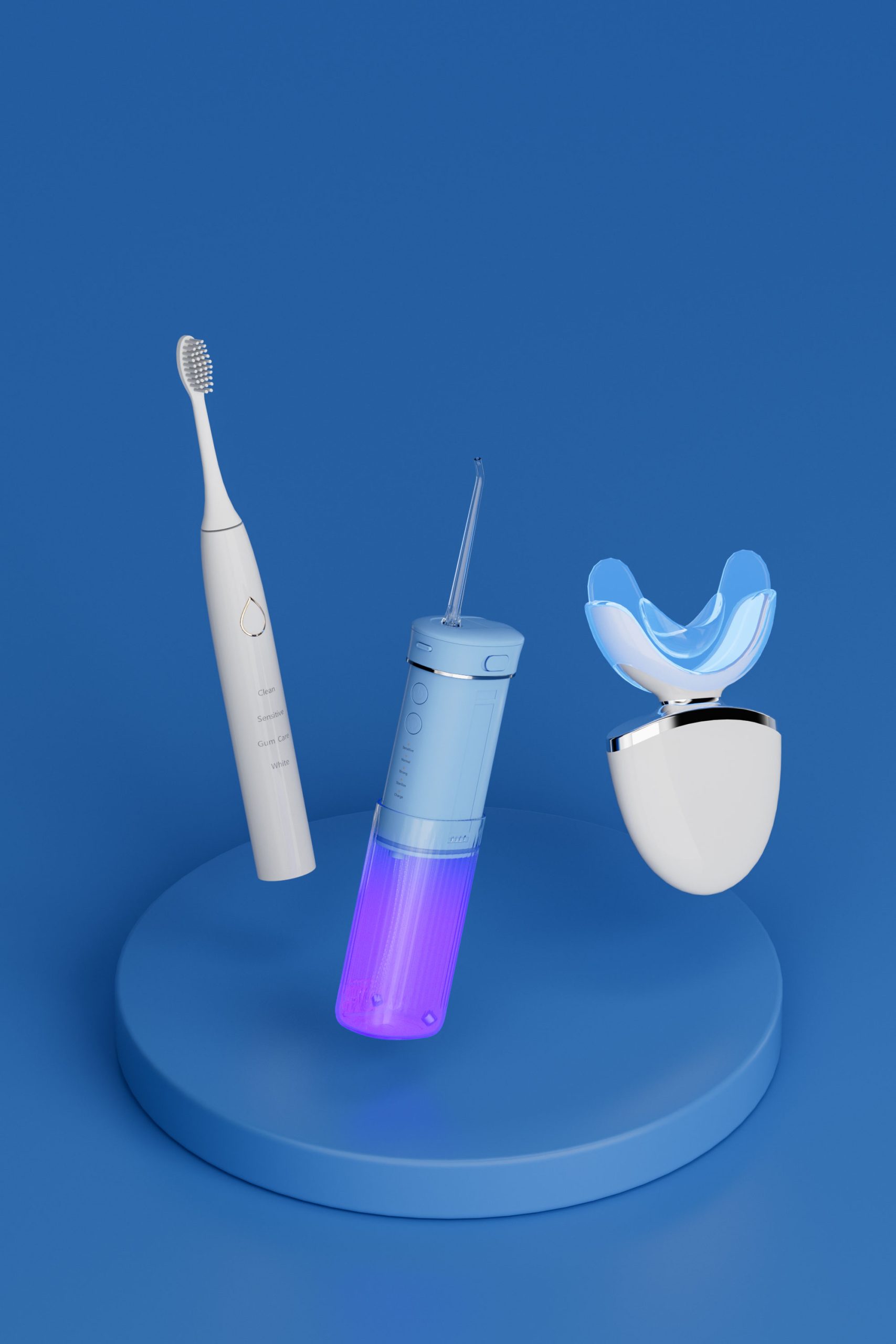
Smart Home Health Devices: Connected Toothbrush OEM Solutions
.jpg)
sonic electric toothbrush Birmingham

2025 Electric Toothbrush Promotional Sale: Opportunities for Brands to Scale with the Right Manufacturer
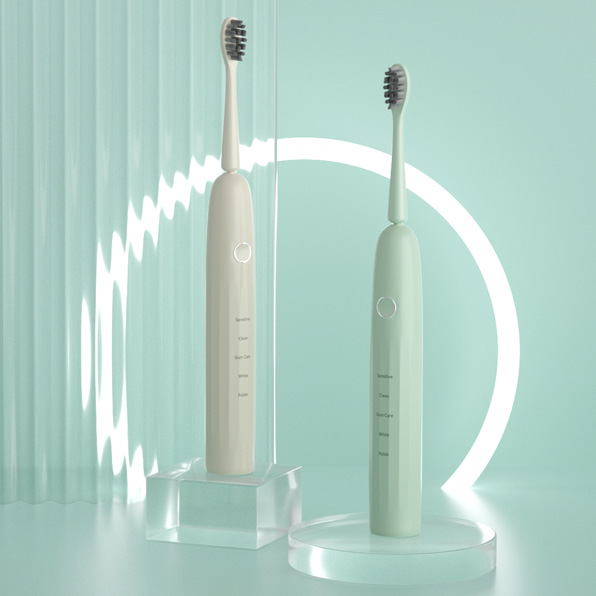
Electric Toothbrush for Family Diwali Gift: Seasonal OEM Solutions

Identifying Chinese Electric Toothbrush Manufacturers That Listen and Improve With Your Feedback
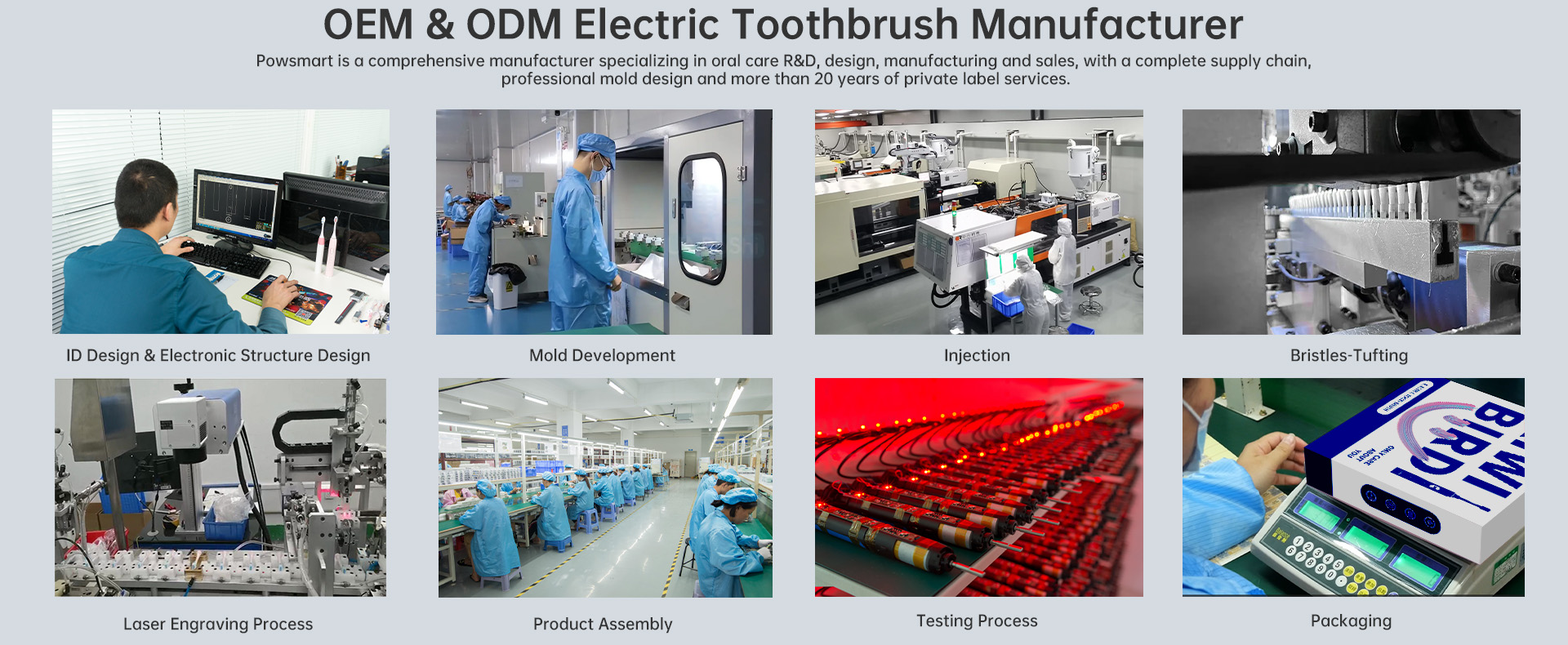
Professional electric toothbrush factory
.jpg)
Solution for Color Customization of Water Flossers: From Pantone Code to Actual Machine – A Comparison of Two-Color Injection Molding and Gradient Spraying

Charging Issues? A Water Flosser Manufacturer’s Guide to Troubleshooting Power Problems

5 Signs You Need to Replace Your Electric Toothbrush: Insights from an OEM Factory
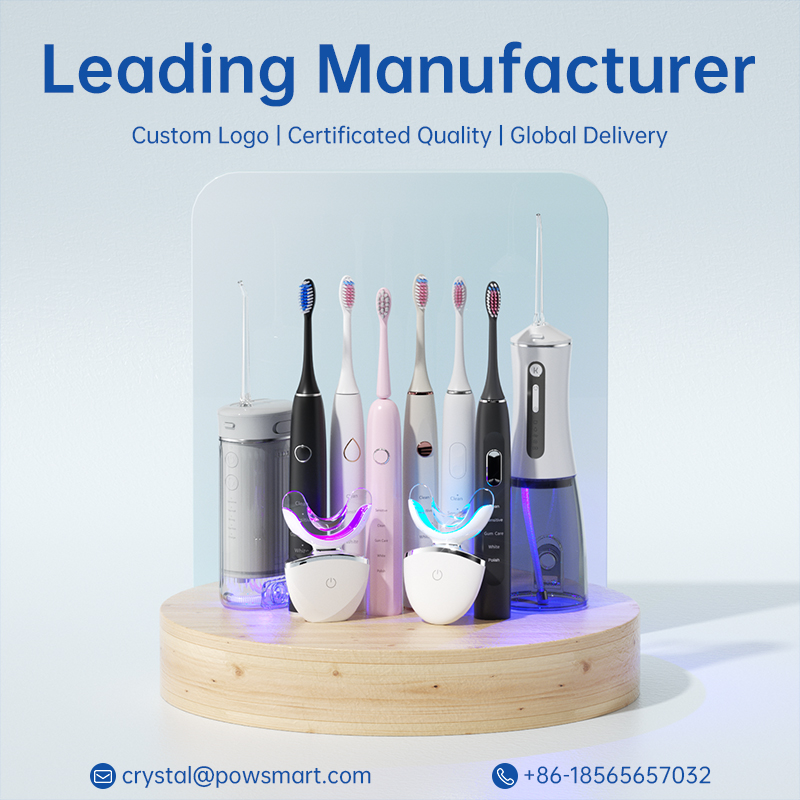
What is the Most Sanitary Way to Keep a Toothbrush? OEM Solutions for Modern Oral Care
.jpg)
How Does a Water Flosser Nozzle Manufacturer Support an Orthodontic Water Flosser OEM for Specialized Care?
.jpg)
Proven Strategies to Unlock Premium Water Flosser Brands Positioning

The Growing Potential of the Oral Care Business: Trends, Opportunities & Market Insights

Can a Wireless Charging Toothbrush OEM Produce FDA Approved Electric Toothbrush Models Efficiently?

electric toothbrush heads Regular Clean

Private Label Whitening Gel

electric toothbrush heads Ultra Soft

electric toothbrush heads Deep Clean

Electric toothbrush heads Charcoal Infused-Diamond

Customization Teeth Whitening Gel
.jpg)
Florida Electric Toothbrush – Powsmart PTR-C8

electric toothbrush heads Charcoal Infuse-Round
whstapp
whstapp
National Toll-Free Service Hotline
+86 755 86238638